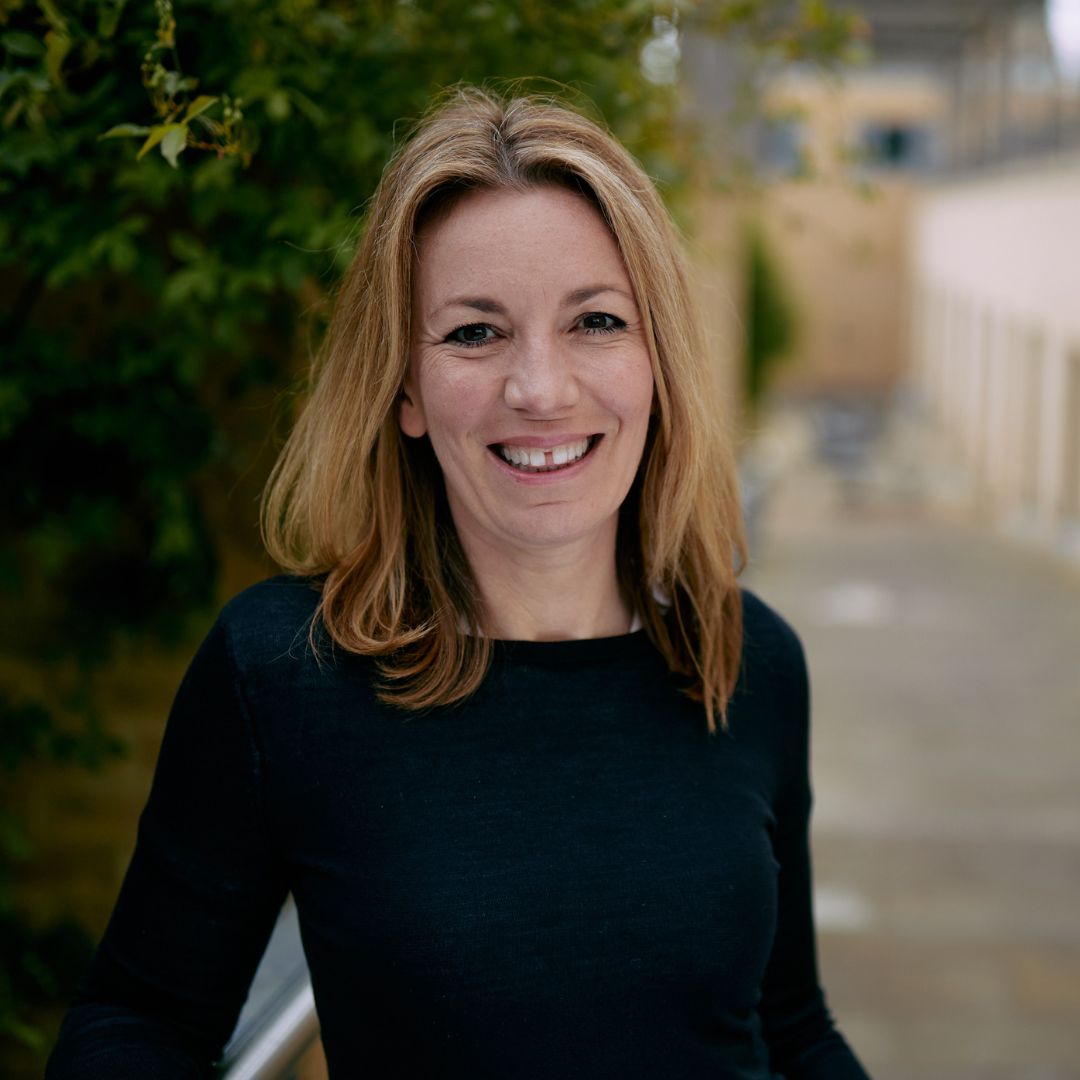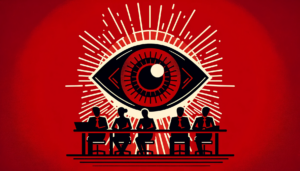How HR delivers ESG results and contributes to the UN SDGs
- 6 Min Read
Cecilia Crossley shares how the world’s foremost HR leaders are pioneering people strategy that contributes to the SDGs, delivering ESG results.
- Author: Cecilia Crossley
- Date published: May 16, 2023
- Categories

 Businesses increasingly understand the commercial opportunities of aligning their operations with sustainability goals. Many track their progress using the ESG framework or against the United Nations’ Sustainable Development Goals (SDGs).
Businesses increasingly understand the commercial opportunities of aligning their operations with sustainability goals. Many track their progress using the ESG framework or against the United Nations’ Sustainable Development Goals (SDGs).
The SDGs are a universal call to action to end poverty, regenerate the planet, and ensure that all people enjoy peace and prosperity. They’re often described as ‘the World’s to-do list’. As an HR leader, connecting your HR strategy with the SDGs helps you attract, engage, and retain talent. It drives commercial success and simultaneously contributes to a sustainable future.
In hosting the How HR Leaders Change the World podcast, I gain insights into how HR leaders are pioneering people strategy that also contributes to the SDGs, delivering ESG (Environment, Social, Governance) results.
In this article, marking the 100th episode of the podcast, I summarize three key trends discussed on the podcast: HR’s central role in sustainability, social mobility, and commercial HR leadership. I include some ideas that the podcast alumni have shared and steps you can take to harness the power of your HR role to create positive social and environmental change.
Trend 1. HR is key to the drive for sustainability
Sustainability isn’t just the net zero target your company may have set. It’s also the well-being of your people and the communities your company serves and operates in. This means sustainability must involve everyone in an organization, especially HR.
From Talent Acquisition to Learning & Development, sustainability goals have a significant correlation with People Strategy. How will your company build a Net Zero workforce? How will you upskill your workforce? Where will you recruit from? How will you design sustainable workplaces and hybrid working models to foster well-being and drive performance?
You’ve probably seen a CEO Linkedin post or article about the action they’re taking or proposing, and with 2023 being the halfway mark to achieving the SDGs, HR leaders are considering these questions as key pillars for their company’s plans. Kevin Green, Chief People Officer at First Group, discusses both the big picture and practical examples. Describing people strategy in the context of decarbonization objectives, Kevin gives example initiatives such as considering colleagues’ commutes to work and repurposing legacy assets in ways that benefit employees and communities. Practical examples you can consider include simple programs such as a cycle-to-work scheme.
HR leaders can showcase how their field contributes to ESG-related goals. ESG Committees are often chaired by the CFO or a Corporate Responsibility professional. In the past HR has not always been considered key to ESG strategy and deliverables. But this is changing. HR’s voice is becoming a key part of ESG discussions.
Idea 1: If you or your fellow HR leaders aren’t already on your company’s ESG Committee, get involved. You’re likely to achieve more together and find that the work is helping you achieve your HR goals.
Trend 2. Social mobility: Accessing talent and reducing inequality through SDGs
From inclusion-led policy and practice in your talent acquisition processes to pre-employment programs, internships, and apprenticeships, broadening supportive access to work opportunities enables you to tap into talent groups that face barriers to employment.
Erik Schmidt, former CHRO at Pandora, asked in his recent episode discussing commercial Talent Strategy: “Why leave anyone behind?” In creating a high-performing and inclusive business, Erik shares change management tools, including asking why 3 times, and an approach thought to be used by Walt Disney. These tools help shift perception, activities, and results.
Natalia Wallenberg, CHRO at Ahold Delhaize, and Narelle Burke, CHRO at Kantar APAC, both discuss the commercial benefits of your workforce reflecting the diversity of your customers in the communities you serve. This includes customers and employees being able to relate to your organization and its brand. It also means employees designing products that reflect the needs or wants of all potential customer markets. Moreover, providing an example of the gender pay gap and results achieved at Kantar, Narelle describes her implementation approach. Crucially, she notes that there are now five generations in the workforce. As such, there is an invaluable opportunity to support careers using an inclusive view of households. This brings personal, business, and societal benefits.
Yes, social mobility and inclusion strategies enable you to recruit great people. But you also contribute to SDG1, No Poverty (and the SDGs related to that, as they’re all connected). There’s also a direct contribution to SDG10, ‘Reducing Inequality.’
Idea 2: Could you take another step in attracting and supporting diverse talent? Are you collecting data on the economic background diversity of your current workforce? The measurement of social mobility provides data insights that inspire a more inclusive talent attraction strategy.
Trend 3. HR is commercially leading the business
What excites you for the future of HR to make a positive change for the world? We ask this question in each episode. Almost everyone comments on the dramatic shift in the role of HR.
HR is no longer a function partnering with ‘the business.’ Instead, HR is commercially leading the business. Emma Hardaker-Jones, Group HRD at Legal & General emphasized the importance of a commercial mindset in her episode and approaching people strategy as a business design principle. Elly Tomlins, Chief People Officer at Britvic, calls on you to have the courage to hold people to account and to drive change. And Akona Qengqe, recently promoted from Chief People Officer at KFC Africa to General Manager, talks about people and commerce in the context of impact. These HR leaders are all encouraging you to see commercial HR success through the lens of the positive social and environmental change you create.
Idea 3: In her episode, Jayde Tipper, Chief People Officer at Temenos, has a quick practical win to reflect the changed nature of HR. For an upcoming meeting, ask to go first on the agenda. Set the tone by raising the profile of the work you’re doing and your HR role.
________________
Cecilia Crossley is the founder of From Babies with Love, a social enterprise that donates 100% of its profits to orphaned and abandoned children around the world. She is the host of the ‘How HR Leaders Change the World’ podcast which features HR leaders from Alphabet to Zurich.









